Aluminum casting flux is widely used in the production of primary aluminum and recycled aluminum to improve the quality of the melt and the recovery rate of metallic aluminum. The flux has four functions:
First, change the wettability of the aluminum melt to the oxide (alumina), so that the aluminum melt is easily separated from the oxide (alumina), so that most of the oxide (alumina) enters the flux and reduces the melting The content of oxides in the body.
Second, the fluxes can change the state of the oxide film on the surface of the melt. This is because it can break the strong and dense oxide film on the surface of the melt into fine particles, which is beneficial for the hydrogen in the melt to escape through the voids of the particles in the oxide film and enter the atmosphere.
Third, the presence of the flux layer can isolate the water vapor in the atmosphere from contacting the aluminum melt, making it difficult for hydrogen to enter the aluminum melt, and at the same time preventing oxidative burning of the melt.
Fourth, the aluminum smelter flux can absorb oxides in the aluminum melt, so that the melt can be purified. In short, the removal of inclusions in flux refining is mainly achieved by adsorption, dissolution and chemical interaction with the oxide film and non-metallic inclusions in the melt.
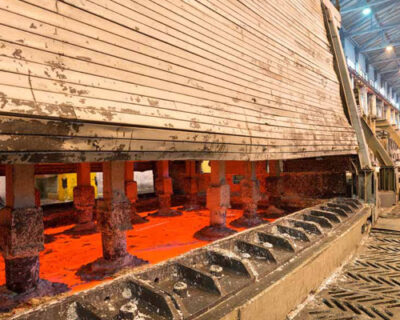
Aluminum Casting Flux
In the smelting process of aluminum and aluminum alloys, hydrogen and oxidized inclusions are the main substances polluting the aluminum melt. Aluminum easily forms A1202 or sub-alumina (Al2O and A10) with oxygen. At the same time, it is also very easy to absorb gas (H) whose content accounts for 70-90% of the total gas in the aluminum melt, and the main defects in cast aluminum alloys are pores and slag inclusions, which are due to the gas and oxides remaining in the alloy Caused by solid particles. Therefore, to obtain a high-quality melt, not only the correct and reasonable smelting process must be selected, but also the refinement and purification of the melt is very important.
There are many refining and purification methods for aluminum and aluminum alloy melts, mainly including float method, flux refining method, melt filtration method, vacuum method, and combined method. This article introduces the application of aluminum casting flux refining method in aluminum alloy melting.
There are many types of fluxes for aluminum melting, which can be divided into covering agents (fluxes to prevent oxidative burning of the melt and gettering) and refining agents (fluxes for degassing and inclusion removal). Different aluminum alloys are used The covering agent and refining agent are different. However, any flux used in the aluminum alloy melting process must meet the following conditions.
- The melting point should be lower than the melting temperature of the aluminum alloy.
- The specific gravity should be smaller than that of aluminum alloy.
- Can absorb and dissolve the inclusions in the melt, and can remove the gas from the melt.
- Should not play a chemical role with the metal and the furnace lining. If it interacts with the metal, it should only produce inert gas that is insoluble in the metal, and the flux should be insoluble in the melt metal.
- The hygroscopicity should be small, and the evaporating pressure should be low.
- Should not contain or produce harmful impurities and gases.
- Must have proper viscosity and fluidity.
- Easy to manufacture: cheap.

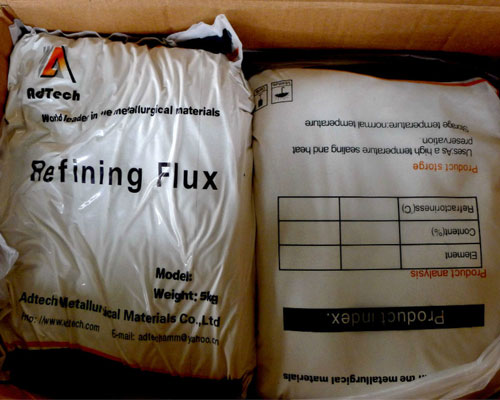
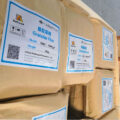

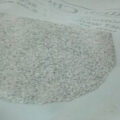
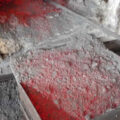

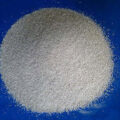


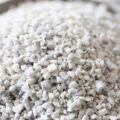

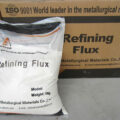

Pingback:Molten Aluminum Purification – 站点标题
Pingback:Inclusions in Aluminum – 站点标题
Pingback:Aluminum Flux Purification – 站点标题
Hi, here on the forum guys advised a cool Dating site, be sure to register – you will not REGRET it https://bit.ly/2XbVumI
Pingback:Drossing Fluxes for Aluminum – 站点标题
Pingback:Fluxes for Aluminum Melt – 站点标题